Published: 23:30 Tuesday - January 03, 2012
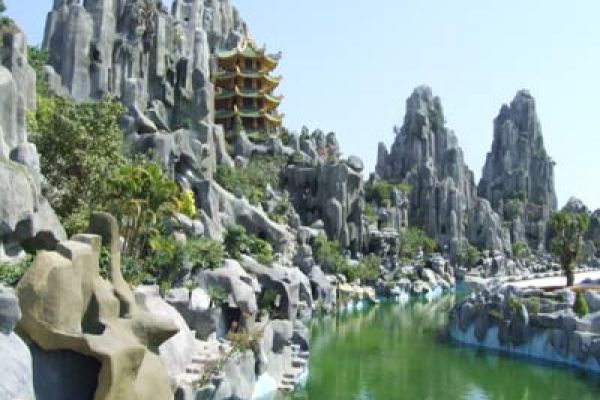
Ngu Hanh Son (Marble Mountain) is familiar to almost everyone who has been to Da Nang. It is so well known that many people consider it as the symbol of the area, one of the highlights on Central Vietnam’s tourist trail.
An interesting journey to Ngu Hanh Son will bring out most relaxing time for tourists in VietnamTravel. The mountain is a fairy land with a dreamlike scenery, pagodas, grottoes...

It is about 8km southeast of Da Nang City, ook like five fingers rising out of the ground. It was named after the five basic elements of the universe. This is a cluster of five marble mountains lying close to the sea. That is why, it is dubbed Hon Non Nuoc, which means Mountain and Water in Vietnamese.
For a start there are no mountains, these are merely hills. Nevertheless the ‘mountains’ are undoubtedly a bewitching and inspiring place.
Travelers in Vietnam travel will find mysterious grottos and secluded pagodas while enjoying the breeze off the great blue open sea. Nearby modern hotels and resorts take advantage of the stunning Non Nuoc beach that runs along Central Vietnam’s coastline. Every day, tourists in Vietnam travel come in numbers, each one seduced by the tranquil air and natural beauty.

Thuy Son is both the highest and the most beautiful. Marble mountains associates with many different legends. Thuy Son, covering an
area of 15ha, has three peaks namely Thuong Thai, Trung Thai and Ha Thai. As a result, the pagoda built on the mountain was named Tam Thai.
Thuy Son has been exploited as a popular tourist resort because of its alluring beauty. Stone steps carved into the mountain lead to Tam Thai Pagoda where Phat Di Lac is worshipped. In the past, the pagoda paid tribute to Hindu and Buddhist gods and is now dedicated to Cham deities. Also on the cliff of the mountain are such beautiful grottoes as Linh Nham Grotto, Van Thong Grotto, Tang Chon Grotto and Huyen Khong Grotto. Huyen Khong Cave was the base for Vietnamese revolutionaries during wartime.

A lot of the legends and folklore about the mountains have been spread through by word of mouth. Anyone visiting there is likely to come across someone - a child or a grey-haired old local selling incense or souvenirs - who will gladly tell some of the stories about the mountains of which they are so proud.
One local tale is that the mountains originate from egg shells. This legend of the Champa people says that a golden turtle came to the seashore and laid five eggs a long time ago. When the eggs hatched, their shells turned into the five mountains. Each mountain is made of different colored marble – there is pink marble in Water Mountain, white marble in Wood Mountain, red marble in Fire Mountain, water-colored marble in Metal Mountain and brown marble in Earth Mountain.The colors change under different lighting conditions and poets have compared the view to a beautiful girl contemplating the wind-swept East Sea. Tranquil and mysterious, the mountains have attracted the powerful kings to the most humble monks to admire their splendor.
When King Minh Mang came here in the 19th century he was famously besotted by the grottoes and pagodas. He is said to have considered it to be the pride of his southern kingdom. It was also Ming Mang who named the hills Ngu Hanh Son in Vietnamese after the five elements. The individual hills were christened Kim Son (metal mountain), Thuy Son (water mountain), Moc Son (wood mountain), Hoa Son (fire mountain) and Tho Son (earth mountain).
Princess Ngoc Lan, sister of King Minh Mang, lived there like a hermit and became a nun. Afterwards, a temple dedicated to her was constructed there. Many monks have been drawn by the tranquility. For instance, monk Hue Dao Minh was the first Buddhist to go there for meditation and religious practice in 1640.
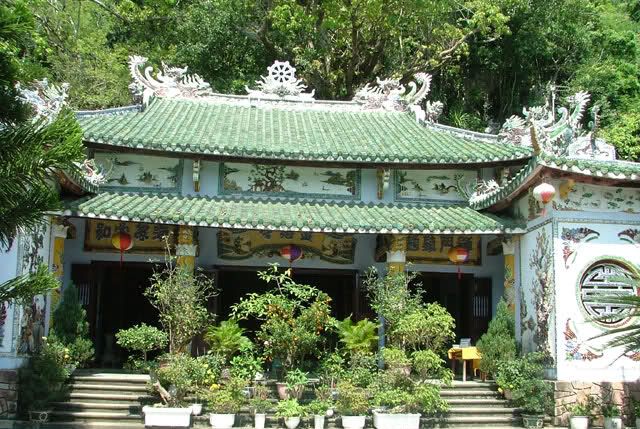
The mountains inspired many great poets ensuring them a place on the map of Vietnamese literature. Poems from the Le and Tran dynasties have been preserved for young generations to enjoy in handwriting carved into the walls of caves high up in the cliffs. Pagodas built to honor the rulers of the Dinh, Ly, Tran and Le dynasties contain many valuable old objects and artifacts.
Cultural and historical vestiges are still on every pagoda and tower of the early 19th century and on Champa sculptures of the 14th and 15th century. There are poets of the Le and Tran dynasty engraved on stones. All monuments such as the grave of Capital Tran Quang Khai’s mother, a temple for worshiping Ngoc Lan princess (Minh Mang King’s younger sister), autograph of conferring Tam Thai pagoda to be the national one, Da Chong tunnel, Ba Tho cave, Kim Son mountain, Am Phu cave, etc. are forceful evidences to the legendary Marble Mountains.

Ngu Hanh Son are famous for their traditional stone engraving activities. In Dong Hai village close to Thuy Son, 600 families chisel stone producing statues, jewelry, and art work. Stone from the Marble Mountains has been exported to many countries. Though extracting rock directly from the area is now banned, sculptors are still here in numbers but materials are now transported to craftsmen from quarries elsewhere in Quang Nam province. All along the foot of the hills the sculptors ply their trade in small gardens, which double as workshops and outdoor showrooms. You will find traditional and modern motifs and imagery.
The sculptors cater for all kinds of visitors - Asian and European, the old and the young, flashpackers and backpackers. As you make your way towards the sculptures on display the hawkers will quickly surround you. Sculptures and other trinkets made here have been sold, boxed and dispatched all across the globe. Tourists in Vietnam travel can find a variety of statues, household items and assorted jewelry pieces.
 Tourists in Vietnam Tourism can find enormous fantastical animals and fanciful statues from Vietnamese folk tales, pot-bellied Buddhas and some wonderful chessboards. There is literally something for everyone and the hawkers - as ever in Vietnam - would hate to see you go home empty-handed! Happier chiselling than trying to flog their wares, the community of artisans at the Non Nuoc Fine Arts Village keep their heads down throughout the day. Wandering in and around the mountains is a happy pursuit for any tourist in Vietnam travel .
Tourists in Vietnam Tourism can find enormous fantastical animals and fanciful statues from Vietnamese folk tales, pot-bellied Buddhas and some wonderful chessboards. There is literally something for everyone and the hawkers - as ever in Vietnam - would hate to see you go home empty-handed! Happier chiselling than trying to flog their wares, the community of artisans at the Non Nuoc Fine Arts Village keep their heads down throughout the day. Wandering in and around the mountains is a happy pursuit for any tourist in Vietnam travel .


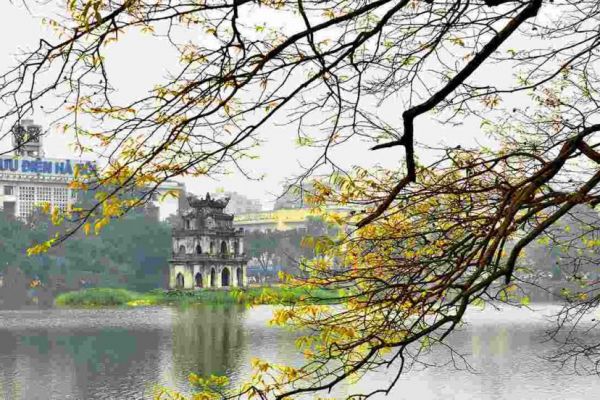
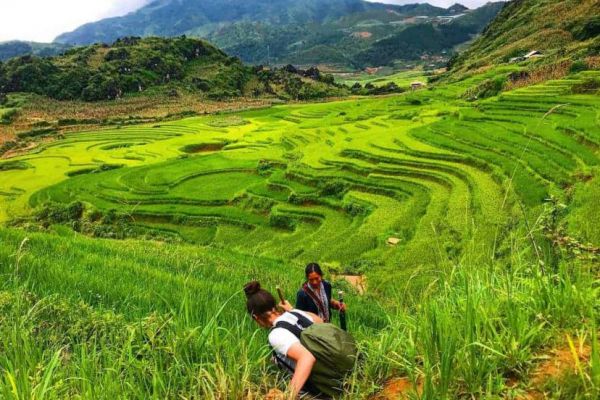
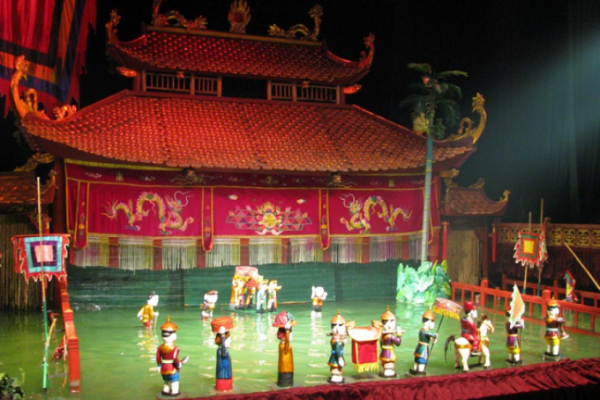
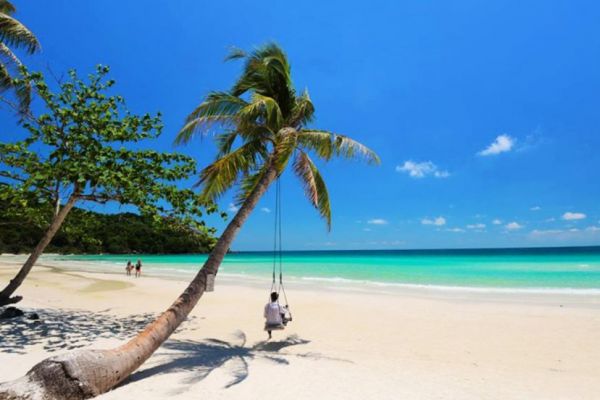

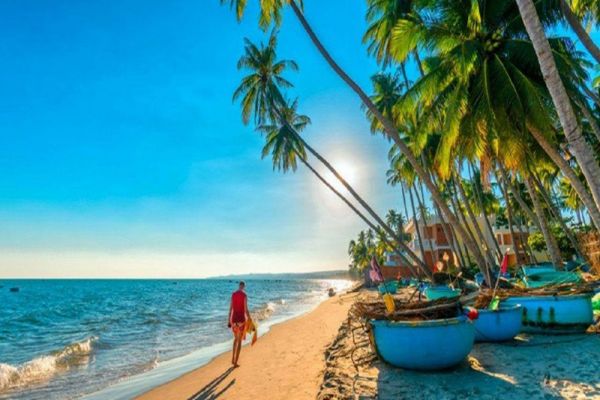
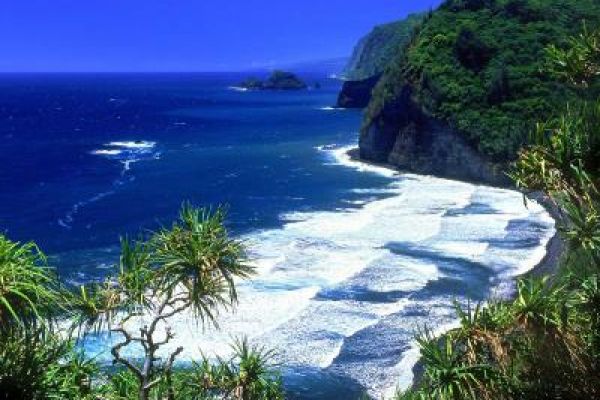

(84-63) 3 826042 – (84-63) 3 511142
No 54 Nguyen Dinh Chieu, Ham Tien Central Mui Ne Beach Binh Thuan Vietnam
523 To Hien Thanh District 10 Ho Chi Minh City Vietnam
Ha Long Halong City Quang Ninh Vietnam
A13 Hung Thong 2 Halong City Quang Ninh Vietnam




